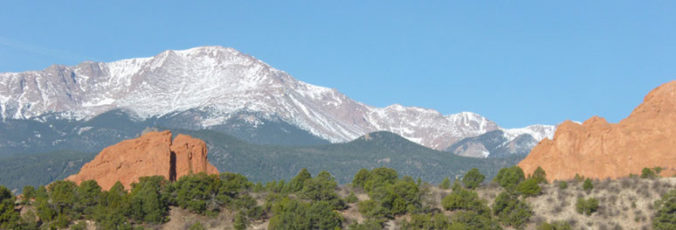We explain how SummitCAST is “trained” via machine learning to produce the most accurate mountain weather forecasts possible. We also show you where you can find hourly updated forecast verification for SummitCAST…helpful if you want to gauge the uncertainty in our forecasts when heading to the Colorado’s mountains.
At their very core, the mountain forecasts that embody SummitCAST are derived from numerous operational weather models. These models apply dynamical, thermo-dynamical, and statistical methods to current weather observations in order to predict the future state of the atmosphere. Due in part to the small-scale nature of complex topography, operational weather models don’t do a great job at forecasting Colorado’s mountain weather. That’s where we come in. SummitCAST provides several layers of additional processing to formulate the most accurate weather forecast possible for each mountainous location. One aspect of this additional processing employs machine learning using a complex series of neural networks. As a result, SummitCAST is always hard at work training itself to become better and better every day.
A byproduct of this training process are forecast verification statistics derived from real mountain weather observations. One of the many locations that we use to train SummitCAST is Pikes Peak…America’s Mountain, just west of Colorado Springs. Here’s a look at how well SummitCAST has predicted the temperature and wind speed at the 14,110-foot summit today:
Remember that SummitCAST predicts the weather up to six days in advance. Therefore the forecast dots shown above for today include forecasts initialized last evening (No Lead Time, colored in red) all the way back to forecasts issued for today from July 5th (5 Day Lead Time, colored in purple).
We also generate and publish cumulative forecast accuracy statistics for Pikes Peak. The most recent comparison plots for temperature are shown below (click to enlarge).
What is the take-away from these graphs? SummitCAST is accurate to within 3 degrees 81% of the time at the shortest lead time. When forecasting five days in advance, that accuracy to within 3 degrees drops but still holds at a respectable 51%. Remember, even with all of our additional processing, SummitCAST is still at the mercy of operational weather models, like the GFS and Euro, which, as you know, become decreasingly reliable five days out.
One of the major challenges in forecasting for a 14er is accounting for solar heating and night-time radiative cooling at the ground-level rock surface. Thus we expect that forecast error would vary through the day-night cycle. The box-and-whisker plots below depict SummitCAST temperature forecast errors by time of day.
Once we have enough data, we’ll show you how machine learning improves forecast accuracy over time.
If you wish to check on the current weather atop Pikes Peak, or see more SummitCAST forecast verification graphics (updated multiple times per day), go HERE.
DISCLAIMER: Mountain weather is inherently difficult to predict and can change rapidly. We are not liable for how you use our forecasts. Exercise common sense and over-prepare when above treeline. We cannot stress enough that people can and do die while climbing Colorado’s peaks.
.















